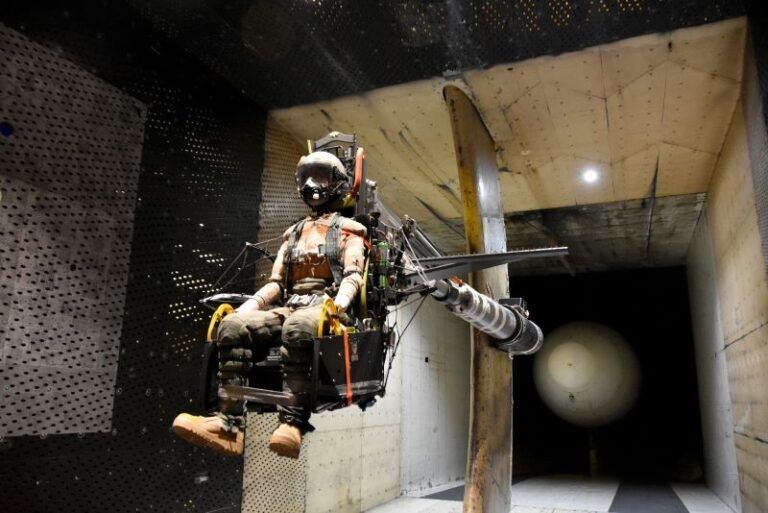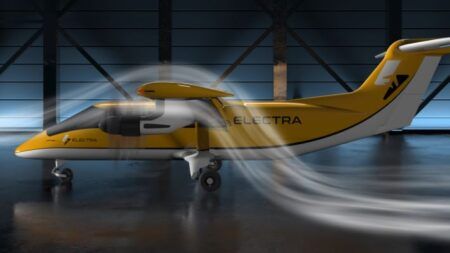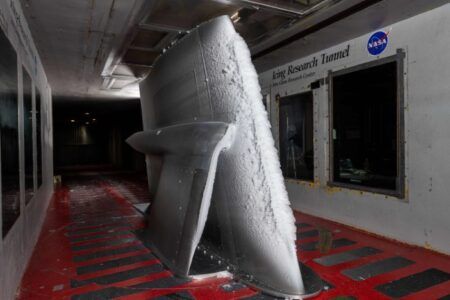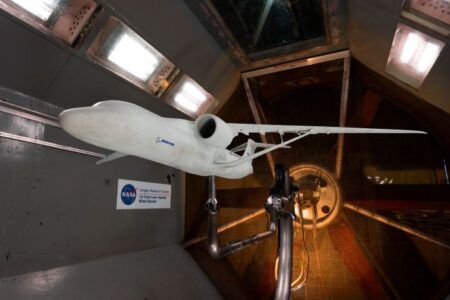Three variations of the ACES V ejector seat to be used across several aircraft were tested at Arnold Air Force Base, headquarters of Arnold Engineering Development Complex.
The purpose of the testing was to characterize the aerodynamics of the full-scale seat with both large and small occupants at various dynamic pressures and to characterize airflow around the seat.
Testing occurred in August to provide the customer with data, prior to sled testing that is set to occur next year on the Holloman High Speed Test Track at Holloman Air Force Base (AFB), New Mexico.
To accomplish the wind tunnel testing at Arnold, a six-component balance that measured force and moments, along with steady-state and dynamic pressure instruments, was installed on the back of the seat. This instrumentation was connected to pitot probes on the seat and the wake rake located adjacent to the seat.
The “occupants” were represented by manikins – the same ones that will be used during upcoming sled testing at Holloman. The large manikin is 6 feet 3 inches (1,9m) tall and weighs around 250 lbs (113kg). The small manikin is 5 feet 2 inches (1.6m) tall and weighs around 100 lbs (45kg).
The use of the manikins provided a wide spectrum of information on how pilots of various sizes would affect the seat in an ejection situation, as pilots will normally fall within the height and weight range represented by the manikins.
Austin Sherman, an aerospace engineer at Arnold AFB for the ejection seat test said, “This helps the customer team bound the full envelope of typical pilot sizes to ensure the seat systems are safe for any occupant.
“Throughout testing, we had the manikins and seats in multiple different configurations that are all in line with what could realistically happen as a pilot is ejected from an aircraft. By doing this, it gives their team a broad database to better understand and characterize their ejection system.”
Because it had been nearly 30 years since the last ejection seat test, the test team at Arnold had to perform some research, looking at how previous ejection seat tests were conducted while making adjustments to accommodate the current test and accomplish the customer’s test objectives.
“We approached it very cautiously and did several checkouts and verifications so that we could confirm the hardware that hadn’t been used since 1997 was still operable and acceptable for this test,” Sherman said. “We found that we had to fabricate an adaptor for the seats to be mounted. With the very short timeline we had, our AEDC Model Shop did a phenomenal job in working quickly to get an adaptor built and delivered to us. Without that adaptor, the test would not have been accomplishable.”
According to Sherman, the test went smoothly despite the amount of time that had lapsed since the last ejection seat effort at Arnold.
“In planning, we were very cautious with our estimates in terms of time and money, but with how well everything went, we ended our test two days early and under the estimated budget with more configurations and data accomplished for each seat than we were originally shooting for.”
No additional ejection seat tests are planned at Arnold for the immediate future, but Sherman said this could change once news of the recent effort spreads.
“With this not having happened in the past 26 years, it’s very close to a ‘once in a career’ type of test,” he said. “But maybe word will get out and we can improve this capability and help more platforms.”





